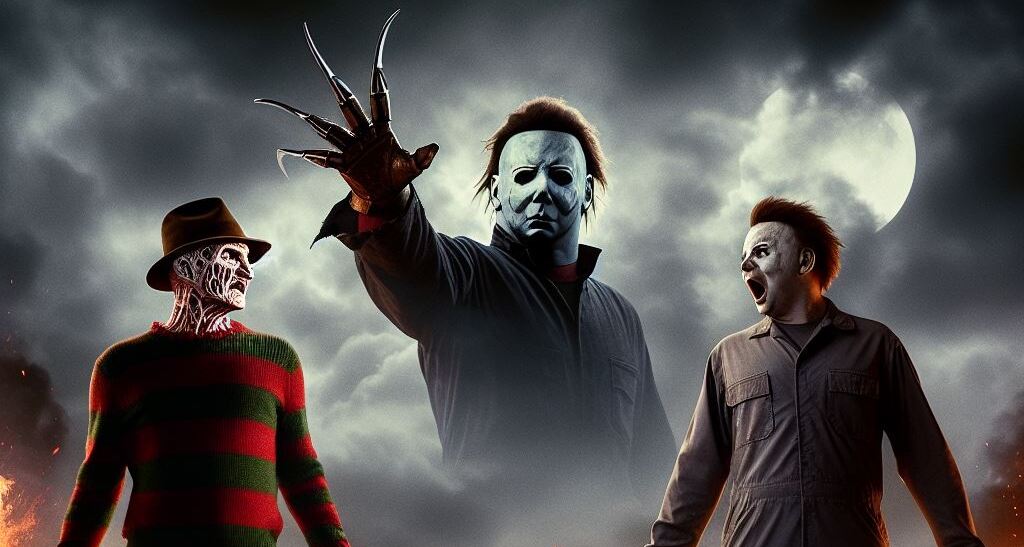"They come home again and again". Aesthetics and politics of rewriting in slasher cinema
DOI:
https://doi.org/10.62336/unibg.eac.32.507Keywords:
Horror cinema, Slasher, Intertextuality, Remake, RebootAbstract
The slasher has been one of the longest-running and most successful genres in American horror and was able of fostering a major renewal of the genre towards the so-called realist horror. Extremely formulaic in its structure and perhaps for this very reason continually rethought, the slasher gained a lot of critical attention, both for the cult status achieved by a lot of movies and for the politics of representation that it was able to convey. A still overlooked aspect of this genre has to do with the processes of serialization and regeneration that have affected it. If until the 1990s a vast series of sequels was produced to capitalize on iconic characters such as Freddy Krueger or Michael Myers, since the beginning of the XXI century, the most famous slasher franchises have been continuously rewritten, thus promoting an aesthetic update, and favoring the emergence of new narratives and political implications. Starting from this premise, the contribution intends to analyze the regeneration procedures of the main slasher series (Friday the 13th, A Nightmare on Elm Strett, The Texas Chainsaw Massacre, Halloween), focusing on the various ways in which these narratives have been continued, rebooted, reappropriated, and rethought. Working diachronically on these processes will also help to show how, starting from the same source material, it was possible for these films to critically reflect on relevant political issues of the present.

Downloads
Published
How to Cite
Issue
Section
License
Copyright (c) 2024 Elephant & Castle

This work is licensed under a Creative Commons Attribution 4.0 International License.





